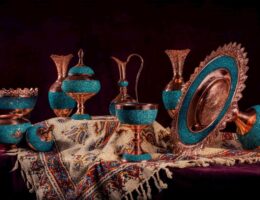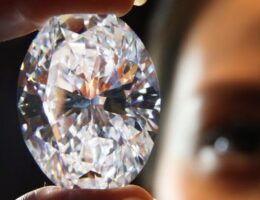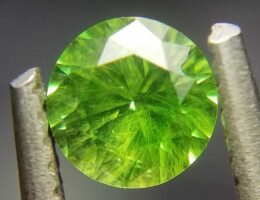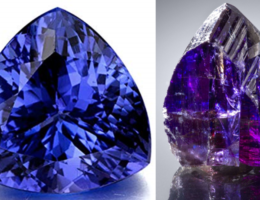IRAN ART EXHIBITION: THE HISTORY OF STONE CARVING IN IRAN
Stone carving is deeply rooted in the Iranian plateau when animal hunting tools and daily life utensils were made out of stone, and gradually advanced to reach their peak.
Historical artifacts excavated from Tapeh Yahya in Kerman and other archaeological sites suggest that the history of the craft goes back to four thousand and five hundred years BC. The Discovery of these objects also proves that back then cutting both decorative and applicable objects out of green stones was common in Kerman, according to Visit Iran, an official travel guide of the Islamic Republic.
This type of stone is still being extracted and sent to the Khorasan region of Iran. These products are made using stones like turquoise, marble, jade, black stone, etc. In the field of arts, next to reliefs of Persepolis and engravings such as Naqsh-e Rostam, Taq-e Bostan, stone carving has mostly been applied to make utensils.
From seven thousand years ago until today, kinds of stone such as Mica have been used to make cooking utensils such as pot, etc. Mica stone containing high levels of iron components is very soft and easily cut into desired shapes. Another characteristic of Mica stone is that the more it is heated, the stronger and more durable it gets. By the art of stone carving, kinds of utensils, lamp stands, photo frames, chess pieces, vases, sugar cube holders, and other applicable and decorative objects can be made. Important centers of stone carving of Iran are Mashhad, Shahr-e Rey, Qom, and Kerman. Today carvers use raw stones and cut them into desired pieces. The extra parts are cut away by chisel and hammer. Then the piece is cut by smaller chisels. Then the piece is polished first by a file, and later by an electric grinding machine that works faster. In Mashhad, the utensils are polished with oil and painted almost in black. Then motifs like flowers, geometric lines, figures, portraits, hunting grounds, and famous poems are carved on them by carving pens. This process includes different steps such as tracing, cutting of the backgrounds, and contouring.
Beginning in 1935, a team from the Department of Near Eastern Art at The Metropolitan Museum of Art, colloquially “The Met”, excavated for several seasons at Neyshabur (Nishapur), which is one of the flourishing towns of medieval times now situated northeast of modern Iran.
Situated some 70 km west of Mashhad, Neyshabur, which has long been a source of turquoise, was founded around the third century CE. Experts say, that “Nishapur” derived its name from its alleged founder, the Sasanian king Shapur I (d. 272).
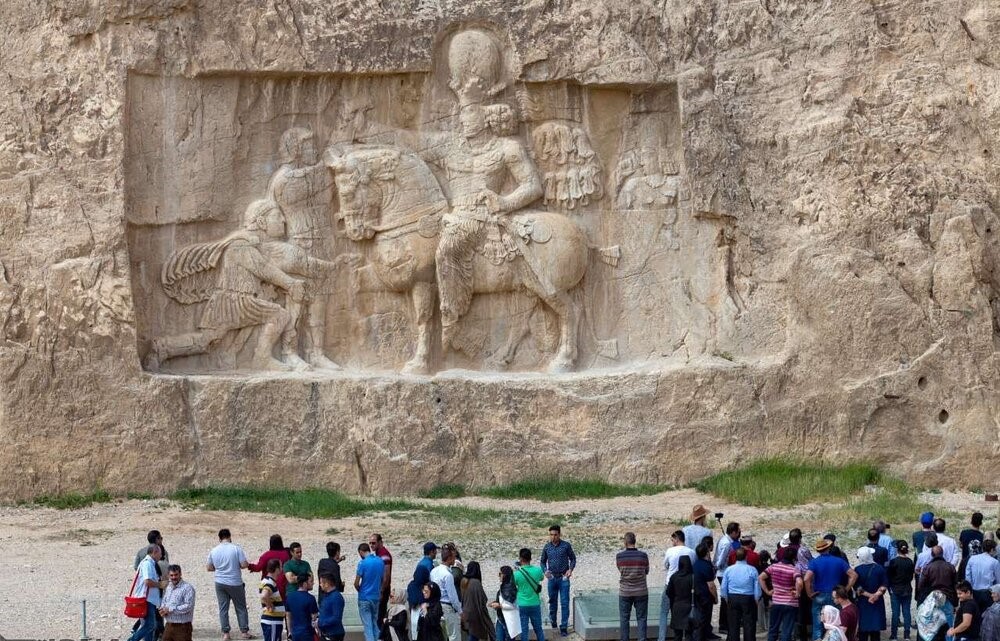
IRAN ART EXHIBITION: Iran has an ancient history and is the origin of one of the most important human civilizations. Archaeological findings, some dating back to eight thousand years ago, clearly indicate that the country had been the cradle of culture and art since long ago. Handicrafts are the best manifestations of this fact. Iranian handicrafts include fourteen major branches and more than 300 products; this fact proves that the art-industry of handicrafts has a long history in Iran. Handicrafts embody various aspects of history, nature and cultural continuity and identity of different Iranian tribes.
The main branches of handicrafts in Iran are: traditional textile, woven handicrafts made on looms, traditional clothes, traditional embroideries, traditional prints, architectural manual arts, pottery and ceramic, leather handicrafts, metal handicrafts, sea handicrafts, wooden handicrafts, traditional paper-based handicrafts, stone handicrafts and glass works.
Stone Handicrafts
different kinds of gems or semi-precious stones such as turquoise, marble, jasper, black and white stones are used in this art. The craftsmen use different tools to carve and shape the stones. Different types of this art include engraving gemstones, carving on stone, turquoise carving and inlay jewelry. The city of Mashhad in east of Iran as the world city of gemstones was globally registered in 2016.


